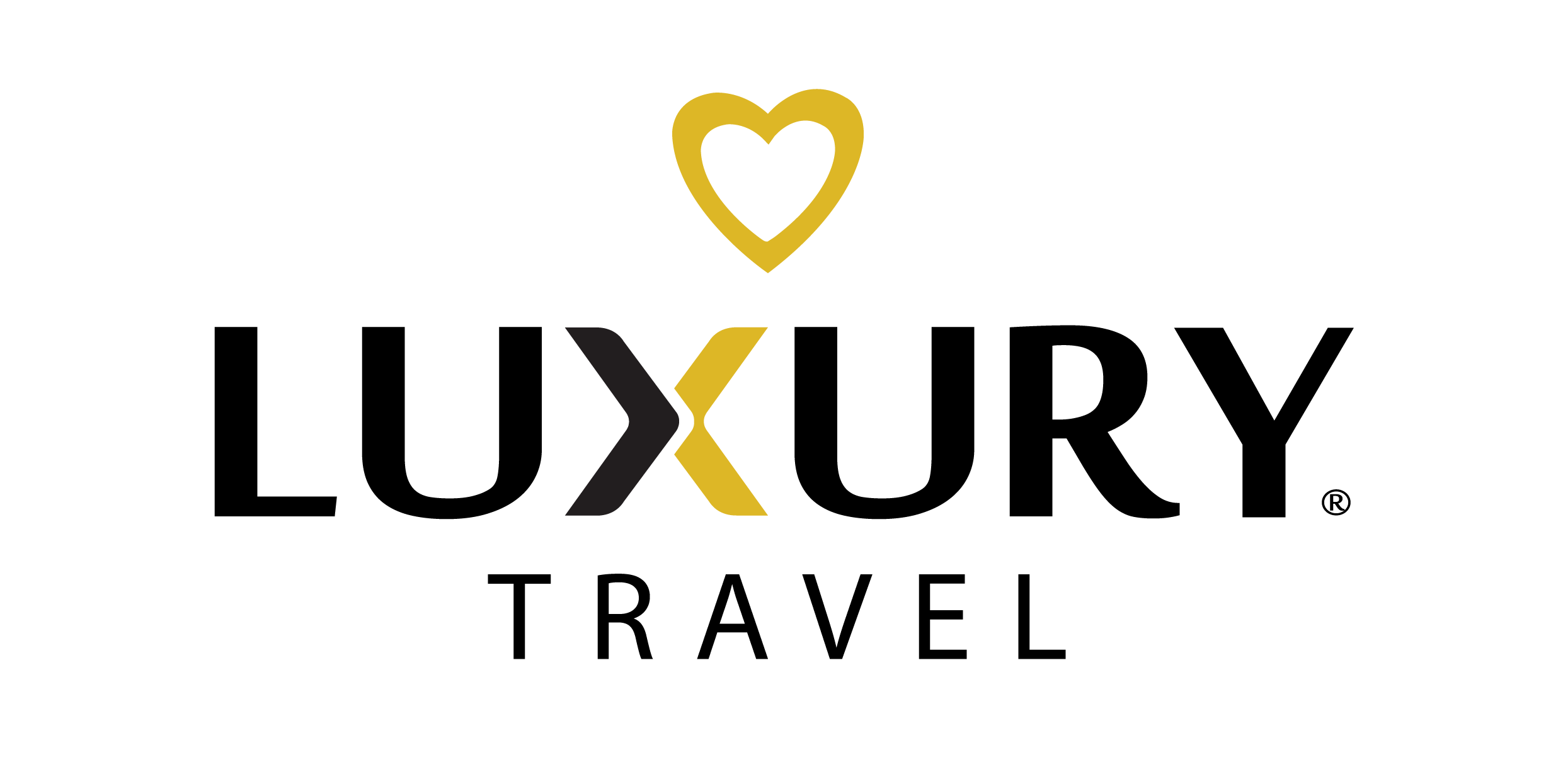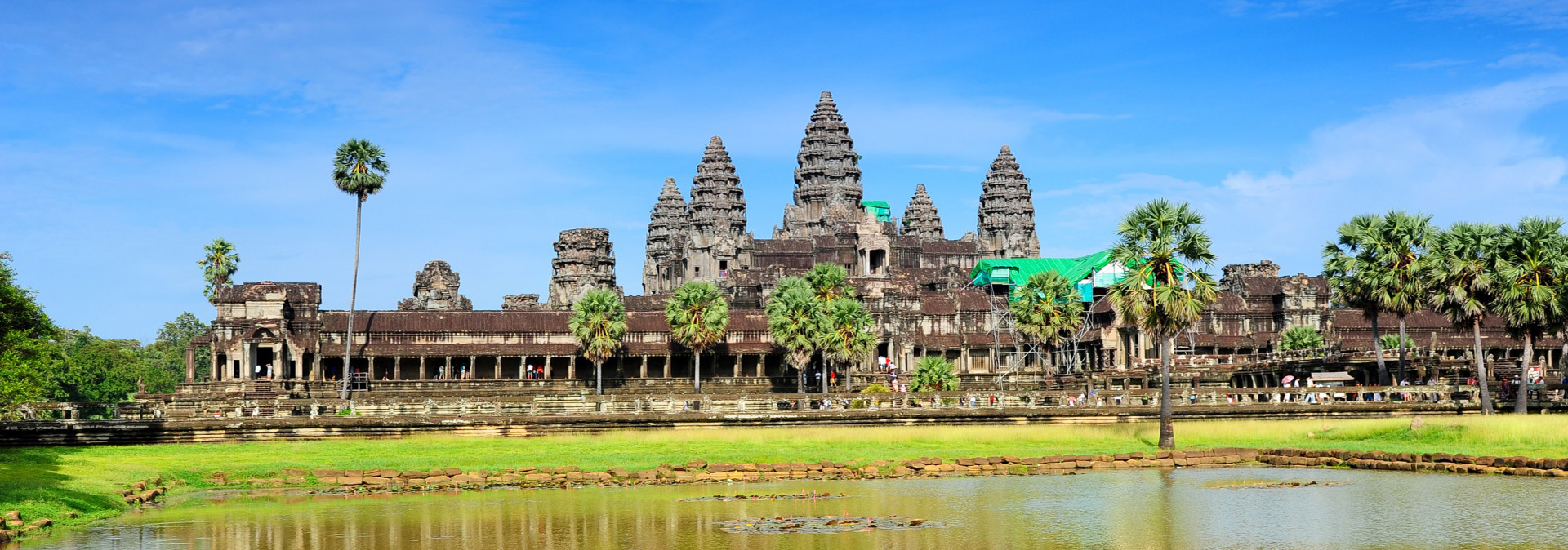Frequently Asked Questions
Below are some useful answers to some common questions concerning travel in Cambodia that should prove helpful to you as you plan your trip. Please feel free to contact us if you have additional questions.
When is the best time to travel?
There are four annual seasons: cool and dry between November and February; hot and dry between March and May; hot and wet between June and August; and cool and wet between September and early November.
The best time to visit is the cool season, when the weather usually benefits from a pleasant dry heat and the countryside is still green from the rains. As February turns into March, the heat begins to build until April and May, when it can be quite oppressive and uncomfortable.
In May and June, the rains come and bring a measure of relief. It rarely rains all day, and mostly it will rain for an hour or two in the afternoon or evening. By early September, the heat begins to dissipate and the evenings are cooler.
Through October, the frequency of the showers slows and the humidity starts to lower. Although the wet season is low season for tourism throughout most of the region, visiting at that time does have its advantages. It is when the Angkor complex is at its most beautiful, the vegetation is lush, and the crowds are relatively thin.
What are the hotels like?
Phnom Penh and Siem Reap (near Angkor Wat) offer the best selection of hotels ranging from mini hotels to deluxe properties. Beach resorts located along the southern coastline are relatively new and under-developed. In the outlying areas, accommodation normally ranges from 1 to 2 stars. Most hotels have private bath/shower, AC, mini bar, a safety deposit box and a television. As hotels are constantly under renovation and new properties are continually being developed, we endeavor to provide our clients with the most up-to-date information regarding accommodation. We selects accommodation appropriate to the type of programs offered and the client’s preference. This can vary greatly from select boutique hotels bursting with character and charm to luxury beach resorts.
How do I get around?
From/to Cambodia International flight:
Direct flights connect Phnom Penh International Airport with mainland China (Beijing, Guangzhou), France (Paris), Hong Kong, Laos (Vientiane), Malaysia (Kuala Lumpur), Singapore, South Korea (Incheon), Taiwan (Taipei), Thailand (Bangkok) and Vietnam (Hanoi and Ho Chi Minh City). Myanmar (Yangon)
Direct flights connect Siem Reap’s Angkor International Airport with Laos (Pakse, Vientiane), Malaysia (Kuala Lumpur), Singapore, South Korea (Incheon, Busan), Thailand (Bangkok) and Vietnam (Hanoi, Ho Chi Minh City). Myanmar (Yangon), and The Philippines (Manila).
Travelers going specifically to visit the Angkor temple ruins may prefer to use Siem Reap as it’s only a few minutes away from the main sites. However, as Bangkok Airways has a monopoly on direct flights between Bangkok and Siem Reap, it’s a lot cheaper to fly to Phnom Penh and to take the bus (or cross overland from Bangkok).
Low cost carrier Air Asia has introduced flights from Kuala Lumpur and Bangkok to Phnom Penh and Kuala Lumpur to Siem Reap, while Jetstar Asia has begun flying from Singapore to Siem Reap and Phnom Penh.
Get in by road
All six border crossings with Thailand are open 7 am to 8 pm, and each offers Cambodian visas on arrival. All the crossings are served by paved roads in both countries, except the Cambodian side of the Daun Lem crossing, which is being paved as of March 2012.
your Cambodia tour and holiday packages could be started from four of the six border towns (Poipet, Koh Kong, Daun Lem and O’Smach) are directly served by buses. Pailin, Anlong Veng and Samraong (each less than 20 km from a border) are each served by buses, motorbikes and shared taxis which connect each of the towns with their respective border crossings.
By boat
Ferries operate seasonally along many of the major rivers. Major routes include Phnom Penh to Siem Reap and Siem Reap to Battambang. Boats are slower than road transport, charge higher prices for foreigners, and are sometimes overcrowded and unsafe. Then again, Cambodia’s highways can be tricky, and boats are sometimes the safer of the two options. The high speed boat from Phnom Penh to Siem Reap costs US$33 and takes about 6 hours, departing at 7:30 am, and offers a spectacular view of rural life along the Tonle Sap River.
There are also a few luxury boats operating between Siem Reap, Phnom Penh and Saigon. For something around $150 per day, including accommodation, food and excursions, it’s a good alternative to regular boat service.
The boat trip between Siem Reap and Battambang takes longer (especially in the dry season), and is less comfortable and more expensive than taking a seat in a shared taxi, but is favoured by some travelers for its up-close view of subsistence farming (and hundreds of waving children) along the river. Taking the boat late in the dry season (April and May) is not advisable as low water levels mean that you must transfer to smaller vessels mid-river.
Who is my guide?
We currently have 35 guides that have all been carefully selected and trained. They are open-minded, well-educated, and enthusiastic people who can provide the visitor with first-hand knowledge of Cambodian culture and history. They are also curious about foreign cultures and will be keen to know something of your own homeland! Our guides speak English, French, German, Chinese and Vietnamese.
We have guides in both the major tourist centers of the country (Phnom Penh and Angkor). They have a specialized knowledge of their respective cities and surroundings. Upon arrival at the airport a local guide will meet you and be your escort for the duration of your stay in that particular city. However, you also have the option of hiring a “national” guide who will accompany you through your entire journey.
Is it safe to travel in Cambodia?
Traveling in Cambodia is now very safe. Women and independent travelers have found it relatively hassle-free and easy to travel throughout the country. Incidents of petty theft and bag snatching are more widespread in Phnom Penh. Elsewhere in the country these events are almost unheard of. Visitors are advised to avoid wearing extravagant jewelry or carrying a large amount of money when walking in the streets. The vast majority of hotels have either a safety deposit box at the reception desk or in the rooms, or both. Just to be on the safe side when traveling anywhere in the country you should exercise common sense. The other concern often voiced is that of unexploded landmines. This should present no problems in the main tourist areas but if you venture further into rural areas do make sure you seek local advice and heed any warnings that are given.
Do I need health insurance?
It is compulsory that our customers have some form of medical insurance to participate in our tour programs. Although there is an international medical clinic in Phnom Penh, the country still lacks adequate medical care for serious illnesses and injuries. Therefore, we advise that travelers have sufficient cover for emergency medical care as a precautionary measure. The costs for emergency medical evacuation can start from US$50,000.
What are the communication facilities like?
International phone calls can be made from all major cities and towns. The cost of international phone calls has been reduced but at this time the price is still rather expensive. Phone Cards should be used for International telephone calls. Phone cards come in denominations of US$2, US$5, US$10, US$20, US$50 and US$100. Rates are lower on the weekend, when discounts can be up to 20-30% off standard rate. For collect calls a home country direct service has been set up for some countries. Home country direct calls allow you to either reverse the charges or have the call charged to a Telstra or AT& T Telecard.
Post is now routed by air through Bangkok, which makes Cambodia a much more reliable place from which to send mail and parcels. Telephone connections with the outside world have also improved immensely, though they are not cheap. Most hotels in Phnom Penh do not charge for local calls. Numbers starting with 011, 012, 015, 017 or 018 are mobile phone numbers. There is no directory inquiry service. Some hotels have telephone directories for Phnom Penh.

